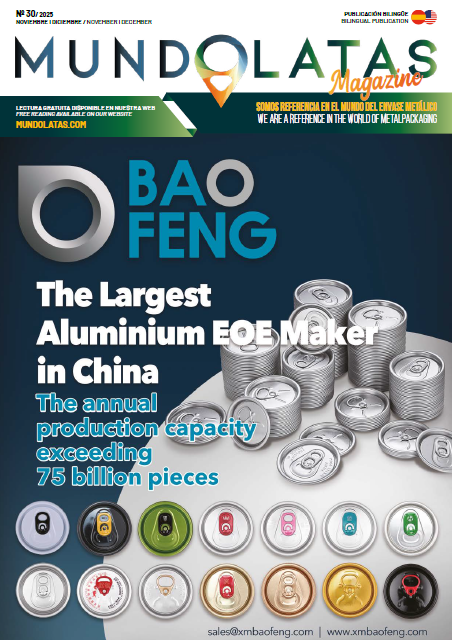Today, the supply chain faces numerous challenges to meet customer demands and remain competitive in a constantly evolving market. One of the most important challenges is the optimization of logistics processes, from warehousing to final delivery. In this regard, virtual and augmented reality are presented as a new way to improve efficiency and accuracy in the supply chain.
Virtual reality (VR) and augmented reality (AR) are technologies that offer an immersive experience by combining virtual elements with the physical environment. These technologies have been widely used in entertainment, but their application in the supply chain has opened up new possibilities for improving inventory management, order picking accuracy and staff training.
One of the most prominent applications of virtual and augmented reality in the supply chain is inventory management. With these technologies, operators can virtually visualize the status of products in the warehouse, allowing them to quickly identify the exact location of products, as well as verify their availability. This helps reduce search time and minimizes errors in the order picking process.
In addition, virtual and augmented reality can also be used to improve order picking accuracy. Operators can use augmented reality devices, such as smart glasses, to receive real-time information about the products they need to pick, such as their exact location, quantity and specific characteristics. This makes it easier to pick the right products, reducing errors and improving customer satisfaction.
Another important aspect is staff training. Virtual and augmented reality make it possible to simulate real work situations, giving employees the opportunity to practice and gain experience without risk. For example, operators can practice driving forklifts in a virtual environment before doing so in the actual warehouse. This helps reduce accidents and product damage, as well as improve efficiency and staff productivity.
In summary, virtual and augmented reality offer numerous advantages for optimizing supply chain processes. These technologies improve inventory management, order picking accuracy and staff training, resulting in a more efficient and competitive supply chain.













